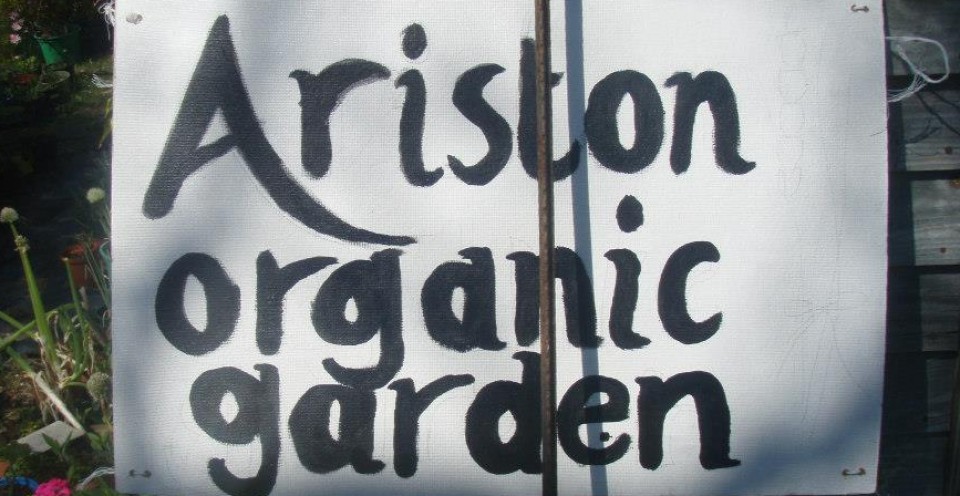
Essential oils play several roles in the garden. They are a natural pest deterrent and as pests carry disease in the form of bacteria and viruses, the oil’s antibacterial and antiviral properties act as a form of preventative medicine for your garden. Fungi and mould are other problems essential oils can deal with quickly and effectively.
Strong healthy plants resist disease, and essential oils build up the health of plants, an example being that roses love to be in the company of garlic, basil or thyme and you can either plant them around the bush or use their essential oil when watering them. Add 2 drops of each essential oil to your watering can, mix well and water.
Essential oils not only control pests and make your crop stronger, they improve the taste and fragrance of the plant. Ants can be deterred by peppermint. To clear a nest just put 2 neat drops of peppermint oil directly onto the nest. If ants are coming into your house put 1 or 2 drops of oil where they enter. Thyme and lavender oils protect all vegetables and can be used in your watering can.
Of course, certain insects are essential for pollination, including bees, wasps and butterflies, and using essential oils in your garden will attract these useful insects. Bees especially like coriander.
Sprays can be used as insect deterrents, to banish fungi and mildew, or to encourage growth. Use 4 – 6 drops of essential oil in 4 litres of water for spraying onto flowers, fruit and vegetables. Treated with the antifungal essential oils the mould and fungi do not survive very long and simply disappear. Patchouli, Tea Tree and Cinnamon are recommended.
Slugs can be easily deterred using essential oils. They have an acute sense of smell and hate the smell of garlic. Add 1 teaspoon of oil to your watering can, mix well and water the area where the slugs and snails are causing damage.
NATURAL PEST REPELLANTS
Insect Essential Oil
Ants – peppermint, garlic, citronella
Aphids – peppermint, cedarwood, hyssop
Black Fly – lavender, tagetes
Caterpillars – peppermint
Fleas – lemongrass, citronella, lavender
Flies – lavender, citronella, peppermint, basil
Gnats – citronella, patchouli
Lice – peppermint, cedarwood
Mosquitoes – lavender, citronella, lemongrass
Slugs – garlic, cedar wood, pine
Snails – cedarwood, pine, garlic, hyssop
Ticks – thyme, citronella, sage
Weevils – sandalwood, citronella, sage
GOOD COMPANIONS
Vegetable Essential Oil
Asparagus basil
Green beans lavender, basil
Beetroot marjoram
Broccoli basil, thyme
Cabbage peppermint, sage, thyme
Cauliflower thyme
Celery geranium
Cucumber sage
Leeks hyssop
Lettuce tagetes
Onions chamomile
Peas geranium
Potatoes basil, sage
Tomatoes basil










